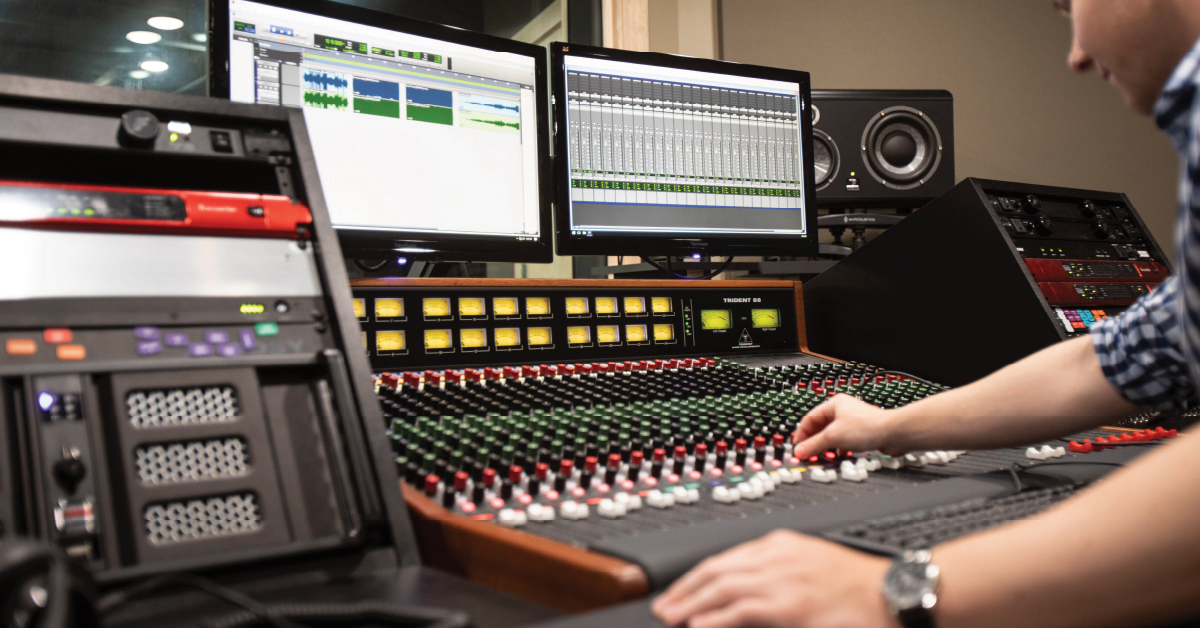Latency is a separate question from bit rates and sample rates.
The reason the bit rate matters is that we're re-rendering a copy of the original MP3 file. I said "re-recording" in the first post, but that's not exactly the problem. Typically when you import an MP3 backing track into a DAW, it is converted with no loss of data into a WAV file. You record your part, also as WAV, and when you mix it down the two parts are combined and rendered to an MP3 file. The conversion from WAV to MP3 compresses the data and some information is lost. I don't know what "bitrate" actually means, but the higher the bitrate, the smaller is the loss. If you lose a lot of data each time you render and you do it several times, you can hear the difference.
Sample rates affect the range of frequency that can be reproduced in the MP3. Higher sample rate corresponds to higher frequencies. 44.1 kHz and 48 kHz are standards, and both can easily handle frequencies that are way higher than we can hear, or that our sound systems can reproduce, for that matter. I wasn't sure if anything bad happened if you changed between them, I guess the answer is probably not (and the older I get, the less I'll care, since my hearing is not improving as I age...)
In the posts above, there are two different aspects of latency being discussed. There is latency in monitoring if you are sending your guitar into your DAW, adding effects, and listening to the processed sound while you play. This is unavoidable and can be minimized by having a fast computer and a lower buffer size in the audio interface, so the effects processing happens as quickly as possible. You can also bypass the issue entirely by monitoring the dry signal directly from your interface and turning off monitoring from the DAW. These latencies are typically on the order of 10 ms or less, which is tolerable, i.e, not too noticeable. Most people would not be able to hear 3-5 ms latency.
The issue of latency in recording, where the recorded guitar sound ends up out of sync with the backing track played back from the DAW, is what is taken care of automatically by Studio One and most other DAWs - with Audacity being a notable exception. In Audacity's case, the lag due to computational processing time of the playback of the track and USB conversion plus the conversion and processing of the input guitar part have to be measured and entered into Audacity in the settings. You can measure it precisely by creating a click track in Audacity and recording it back to another track with a microphone (or loopback input, if your interface supports that). You only have to do this once - it doesn't change until you change your computer and/or audio interface. This, as JP says, is on the order of hundreds of ms. The 11 ms difference he's talking about hearing is the difference between adjusting for the total latency by 245 ms vs 256 ms.


